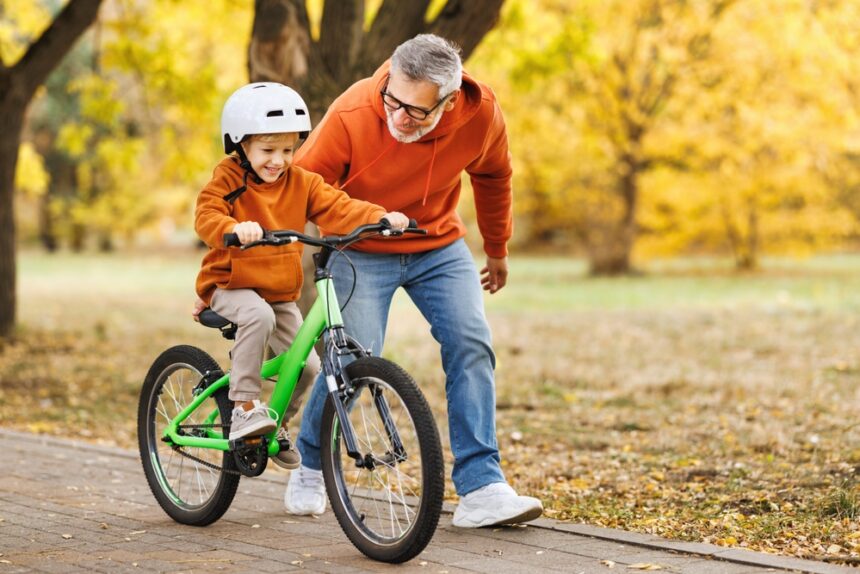Cycling is growing in popularity as both a means of transportation and a way for people to get fit outdoors. In fact, according to studies, it’s good for your heart, muscles, and balance alike. However, venturing out on busy roads also introduces risks that every rider needs to manage for their safety.
By understanding and applying key cycling safety practices, you can effectively minimize those risks.
Proper Equipment is Essential
Getting on a bike without the proper safety equipment greatly increases your risk of injury in the event of an accident. The National Safety Council reports that in 2020, there were 325,000 preventable accidents on bicycles. With that in mind, experts advise that you always wear a properly fitted helmet to protect your head, which is the most vulnerable part of your body. Most cycling-related deaths occur due to head injuries that could have been prevented by a helmet.
Additionally, wear bright and reflective clothing to maximize your visibility to drivers. Consider getting a rearview mirror so you can monitor traffic from behind without constantly turning your head. Other key gear includes cycling gloves to protect your hands in case of a fall and sturdy shoes that will prevent your feet from slipping off the pedals.
Learn and Obey All Traffic Laws
Cyclists have the same rights and responsibilities as motorists on the road. Be sure to obey all traffic signals, signs, and lane markings. Signal your turns using proper hand signals so drivers know what you intend to do. Ride in the same direction as traffic and stay as far to the right side of the road as safely as possible. Be especially cautious at intersections and driveways when cars may cross or enter your path unexpectedly. Use lights and reflectors if riding at dawn, dusk, or night to ensure other road users can see you. According to BikeEasy, a bicycle advocacy group out of New Orleans, lights should be no less than 200 lumens, but 400 to 1000 lumens is preferred.
Mind Your Surroundings
While cycling, you need to not only pay attention to the road directly ahead but monitor all around you. Use your mirrors and periodically check behind you for approaching cars. Scan side streets, driveways, and parking lots carefully for cars that may be pulling out. Give parked cars extra space in case doors open or cars pull out suddenly. Stay alert and prepared to brake and steer away from danger. Having good environmental awareness as a cyclist is critical in avoiding accidents.
Ride Defensively
Bicycle riders need to embrace defensive riding strategies to stay safe amid traffic. Assume drivers do not see you, even when you have the right of way, and avoid riding in their blind spots. Brake early when you anticipate the need to slow or stop. Scan surroundings constantly to identify risks early on, whether potholes, opening car doors or merging vehicles. Use extreme caution in risky areas like intersections, driveways, and school zones. Ride outside the door zone of parked cars so opening doors do not hit you. Finally, avoid risky cycling behaviors like texting, listening to music, or riding with no hands which take your attention off riding safely. Following defensive strategies helps prevent accidents even when others make mistakes.
Staying safe on a bike requires following safety best practices designed to minimize risk. Ensuring you have proper equipment, obeying traffic laws, staying aware of your surroundings, responsibly sharing the road, and riding defensively all enable enjoying cycling while protecting your wellbeing. Follow these tips and you can ride as safely as possible while improving your fitness.

